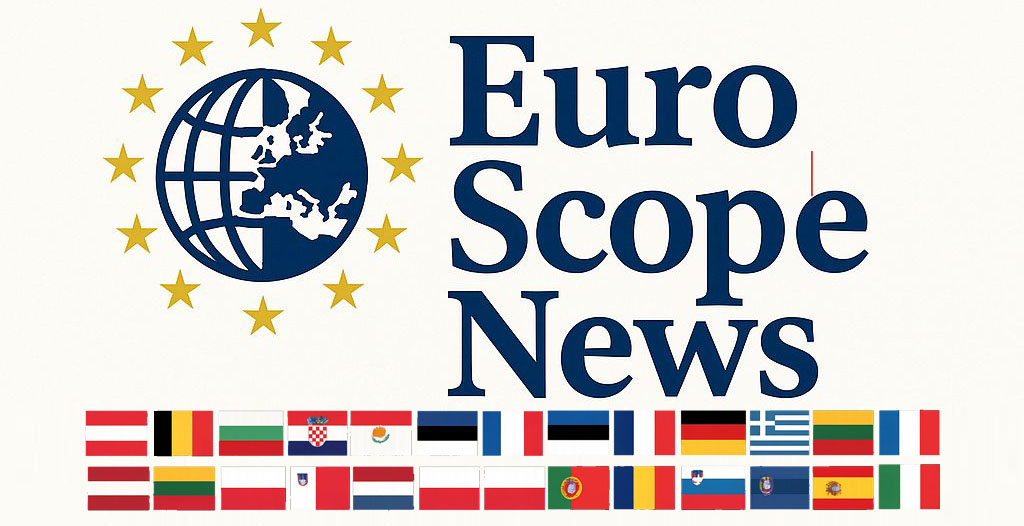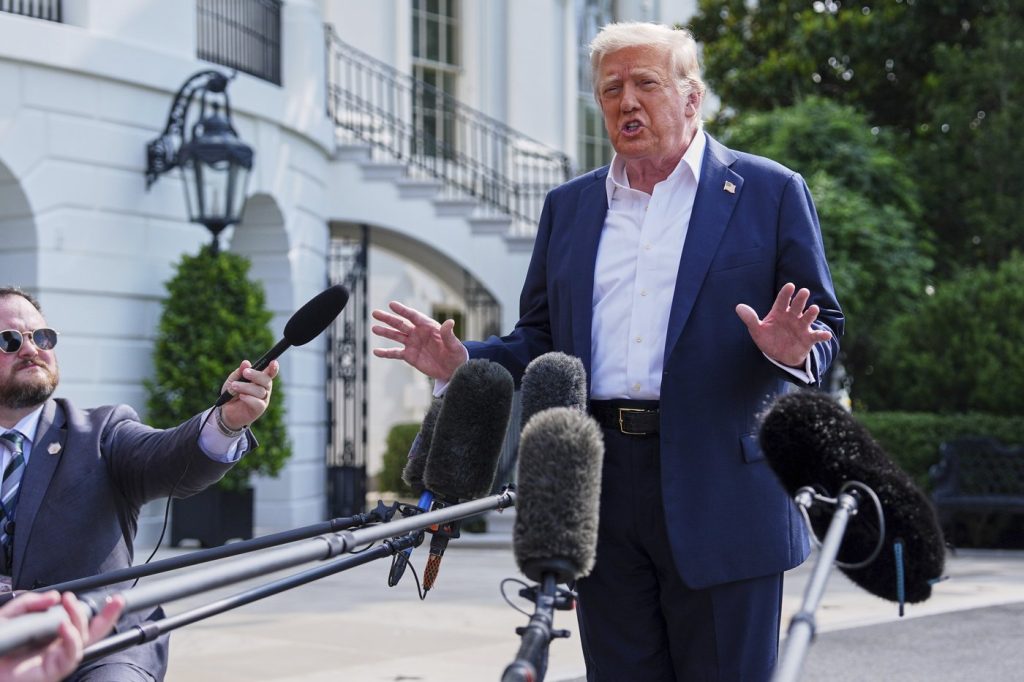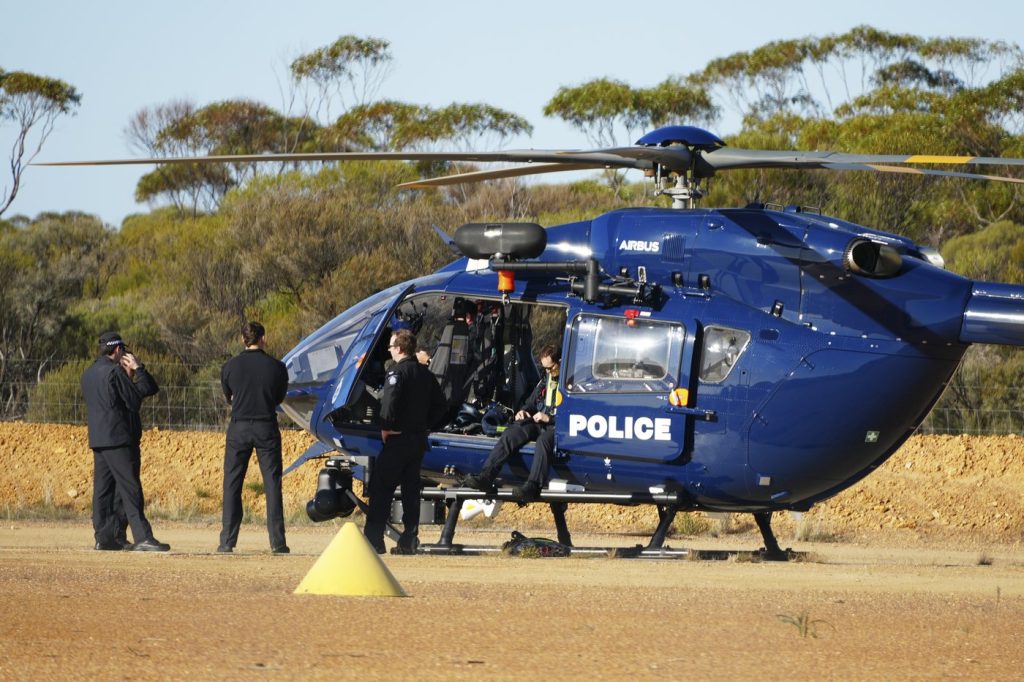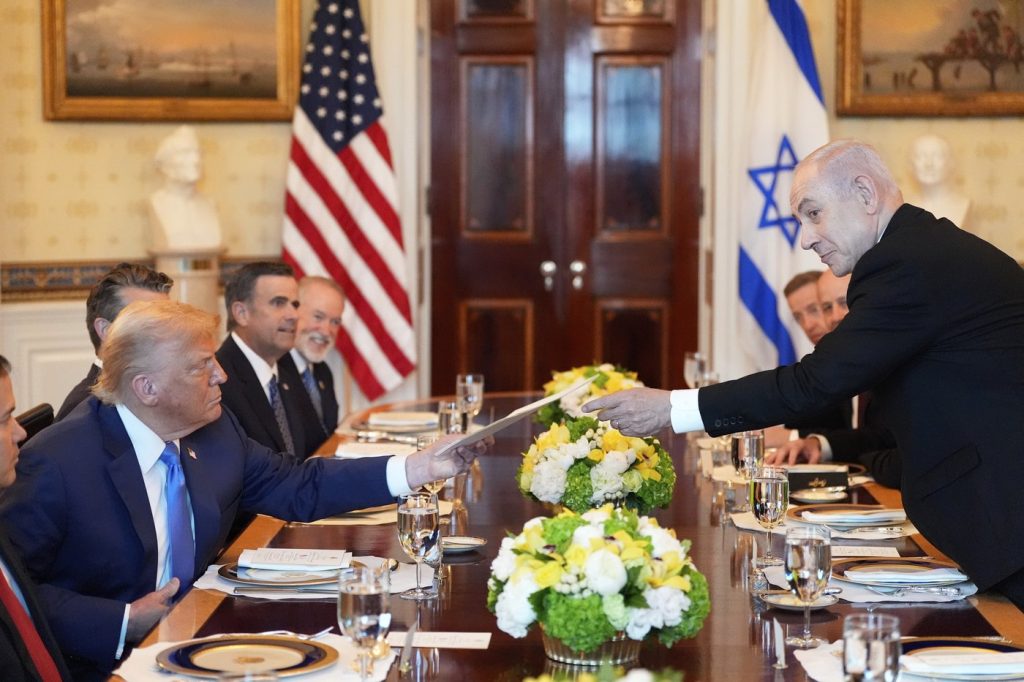The United States is facilitating the transfer of military weapons to NATO allies in Europe, enabling those nations to provide essential military support to Ukraine amidst escalating Russian drone and missile attacks. President Donald Trump emphasized during an NBC News interview that NATO is financing the acquisition of these weapons, which are then sent to Ukraine. This arrangement is intended to expedite the supply of military aid, leveraging the proximity of NATO countries to Ukraine, as articulated by Secretary of State Marco Rubio in his recent statements in Kuala Lumpur, Malaysia.
Ukraine has been persistently requesting enhanced military support, particularly the U.S.-made Patriot air defense systems, to counter Russian assaults, particularly ballistic and cruise missile attacks. The Trump administration's stance on military assistance to Ukraine has been variable; however, after a temporary halt in weapons shipments, Trump assured that defensive weaponry would continue to flow to Ukraine, with U.S. officials stating that some of these weapons are already en route.
While NATO itself does not deploy weapons, the alliance coordinates logistics for member nations, which individually manage the armament supply to Ukraine. NATO spokesperson Allison Hart remarked on the alliance’s ongoing efforts to ensure Ukraine receives necessary support to defend against Russian aggression. Several European nations, including Germany and Spain, possess Patriot missile systems and are in the process of procuring additional units to bolster Ukraine’s defenses.
The proposed system enables U.S. weapons already stationed in Europe to be transferred to Ukraine, subsequently allowing European countries to replenish their own supplies by purchasing replacements from the U.S. Trump’s approach seeks to streamline this process and ensure rapid response capabilities for Ukraine amid increasing Russian aerial attacks, which have seen over 700 drones targeted at Ukraine in recent weeks.
In recent communications, Ukrainian President Volodymyr Zelenskyy expressed the urgent need for additional Patriot systems and missiles, with Germany providing two systems and Norway committing one. German Chancellor Friedrich Merz has indicated readiness to acquire more Patriot systems from the United States, further highlighting the growing international commitment to Ukraine's defense needs. Meanwhile, potential arms exports to NATO members could encompass a variety of systems, including air-to-air missiles and artillery rounds, reinforcing the strategic collaboration among NATO allies.
Senator Lindsey Graham, who is actively pursuing legislation to bolster Ukraine's defense capabilities, emphasized the strategic importance of supplying weapons to Ukraine and expressed confidence in Europe's ability to finance these transactions. This collaborative effort seeks to bypass potential fund stagnation for Ukraine by enabling European nations to secure U.S. defense supplies directly.
Trump has also signaled a shift in his public relations with Russian President Vladimir Putin, indicating discontent with the ongoing conflict in Ukraine and acknowledging its toll on both sides. As new legislative initiatives are discussed, including tariffs on imports from countries purchasing Russian oil, the U.S. remains poised to play a pivotal role in Ukraine's defensive efforts. In light of increased Russian aggression, radar systems, and interceptors are deemed crucial, as demonstrated by ongoing air assaults on various Ukrainian cities, including Kharkiv and Odesa.
Zelenskyy has called for rapid implementation of promises made by international allies during meetings aimed at enhancing Ukraine's defensive capabilities. Ukraine's Military Administration announced a new comprehensive drone interception project, asserting the need for substantial financing to realize these enhancements. As the situation evolves, Ukraine's leadership underscores its urgent need for defenses against increasing aerial threats while navigating complex geopolitical dynamics with its allies and adversaries.












